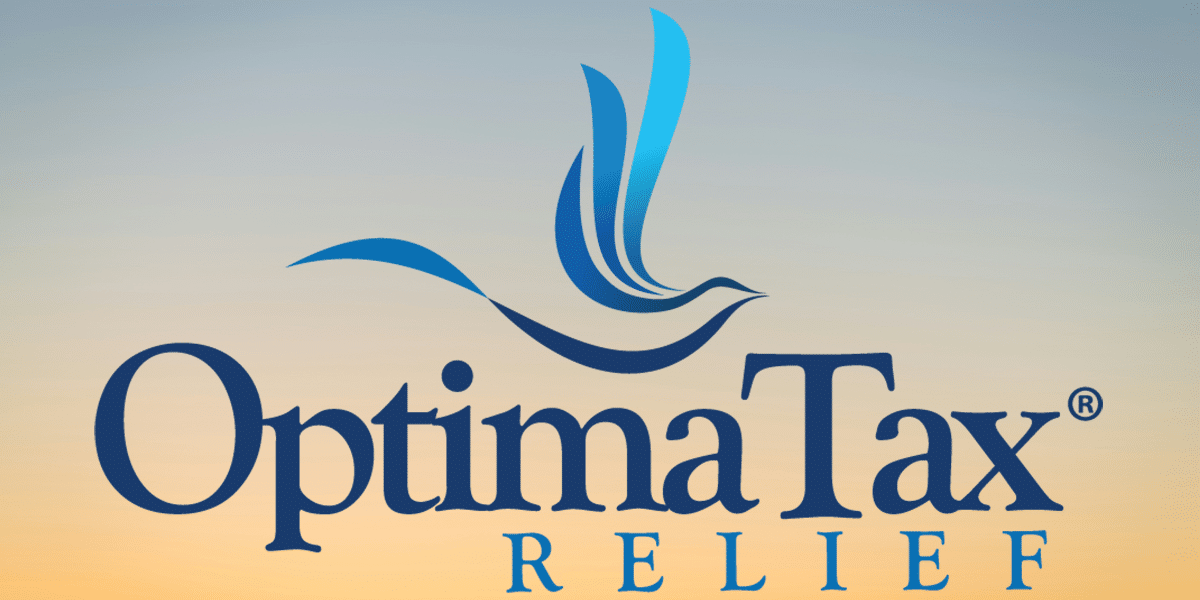In a recent development, the U.S. House of Representatives has passed a bill that could potentially provide families with substantial tax relief. The legislation aims to offer financial support to American households by strengthening tax breaks that could result in significant savings. Optima Tax Relief reviews the key points and offers insights into how this bill could impact families’ finances.
Expansion of Child Tax Credit
The bill proposes to expand the Child Tax Credit (CTC), a tax benefit designed to assist families with the cost of raising children. If enacted, the credit will remain at $2,000 per child. However, the refundable amount would increase, potentially benefiting millions of families across the country. The maximum refundable amount per child would increase from $1,600 to $1,800 in 2023. It would also increase to $1,900 in 2024 and become fully refundable in 2025. In addition, the credit would be adjusted for inflation each year.
Eligibility
The eligibility requirements for the Child Tax Credit (CTC) can vary based on factors such as the child’s age, relationship to the taxpayer, and the taxpayer’s income level.
- The child must be under 17 at the end of the tax year for the taxpayer to claim the credit.
- The child must be a qualifying child of the taxpayer. Generally, this means that the child must be the taxpayer’s son, daughter, stepchild, foster child, brother, sister, stepbrother, stepsister, half-brother, half-sister, or a descendant of any of them (e.g., grandchild, niece, nephew).
- The child must be claimed as a dependent on the taxpayer’s federal income tax return.
- The child must be a U.S. citizen, U.S. national, or U.S. resident alien with a valid Social Security number (SSN) or Individual Taxpayer Identification Number (ITIN) issued by the IRS.
- The child must not provide more than half of their own support during the tax year.
- Taxpayers must have earned income of $200,000 ($400,000 if filing jointly) or less to qualify for the credit, and the credit amount is gradually reduced for taxpayers with higher incomes.
- Taxpayers claiming the credit must have earned at least $2,500
Impact on Tax Liability
The proposed expansions of the CTC could result in substantial tax savings for families, potentially amounting to hundreds or even thousands of dollars in tax relief. These tax breaks could help alleviate financial strain for families facing economic challenges, particularly in the wake of the COVID-19 pandemic.
Efforts to Combat Child Poverty
Proponents of the legislation argue that expanding the CTC could play a crucial role in reducing child poverty and promoting economic stability for families. An estimated 1 in 5 children would benefit substantially in the first year. This equates to about 400,000 children. By providing targeted tax relief to low and middle-income households, the bill aims to address disparities in access to financial resources and support children’s well-being.
Bipartisan Support and Potential Challenges
The bill has garnered bipartisan support, with lawmakers recognizing the importance of providing financial assistance to families during challenging times. However, it still faces potential challenges in the legislative process, including negotiations over funding mechanisms and potential opposition from certain stakeholders. The Senate has yet to determine when they will vote on the bill.
Conclusion
In conclusion, the passage of the bill by the House represents a significant step toward providing meaningful tax relief to families across the United States. By expanding tax credits such as the Child Tax Credit, lawmakers aim to support families’ financial well-being and address economic challenges facing American households. As the legislation advances, families can anticipate potential tax savings that could provide welcome assistance in navigating economic uncertainties and building a more secure future.
Published by: Martin De Juan

















